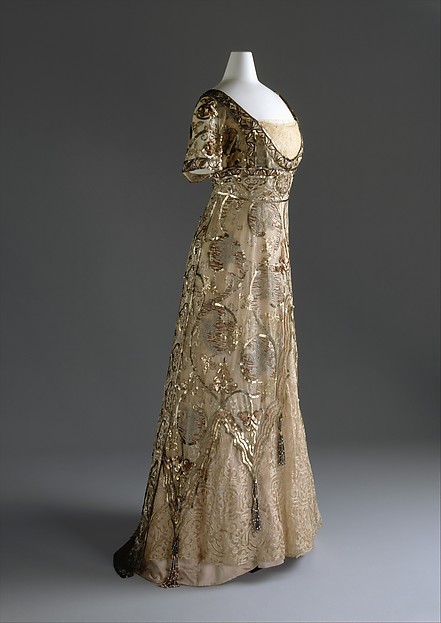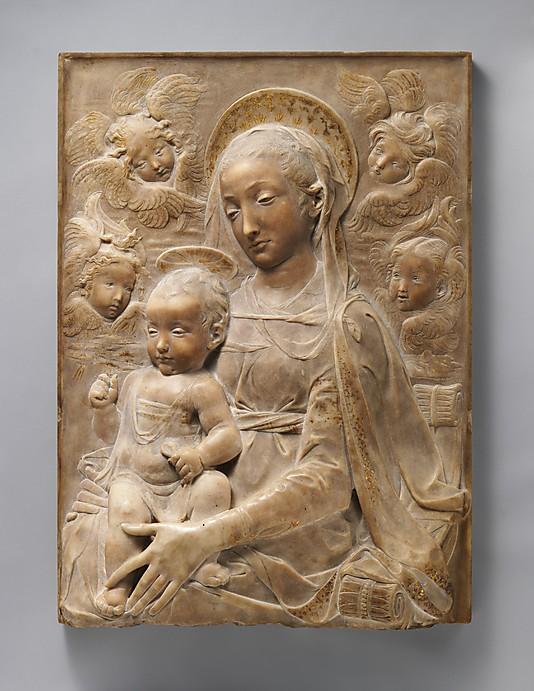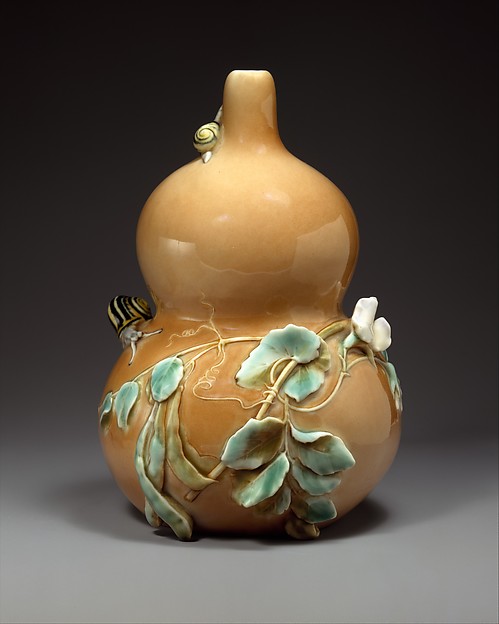Madame Charles-Maurice de Talleyrand-Périgord, later Princesse de Bénévent (née Noël-Catherine Verlée, 1761–1835)
François Gérard, called Baron Gérard (French, Rome 1770–1837 Paris). Gérard, a student of Jacques-Louis David, was "premier peintre" to Napoleon's wife, the empress Joséphine. Because of the official nature of much of his work, it is rarely seen outside of France. This portrays one of the celebrated beauties of her time, Catherine Verlée (1762–1835). By the age of fifteen she had seduced her future husband, the Englishman George Francis Grand, an employee of the Indian civil services (as Madame Grand she was portrayed by Vigée Lebrun in an oval portrait displayed in this gallery). This was the first of a series of liaisons that culminated in her becoming the mistress and then the wife of Talleyrand, whose portrait by Prud'hon hangs nearby. Talleyrand tired of his pretty but frivolous wife, whom he had sent away in 1817. After residing in London and Brussels, she returned to Paris, where, separated from her husband, she lived a quiet and devout life.
Dress, Evening



